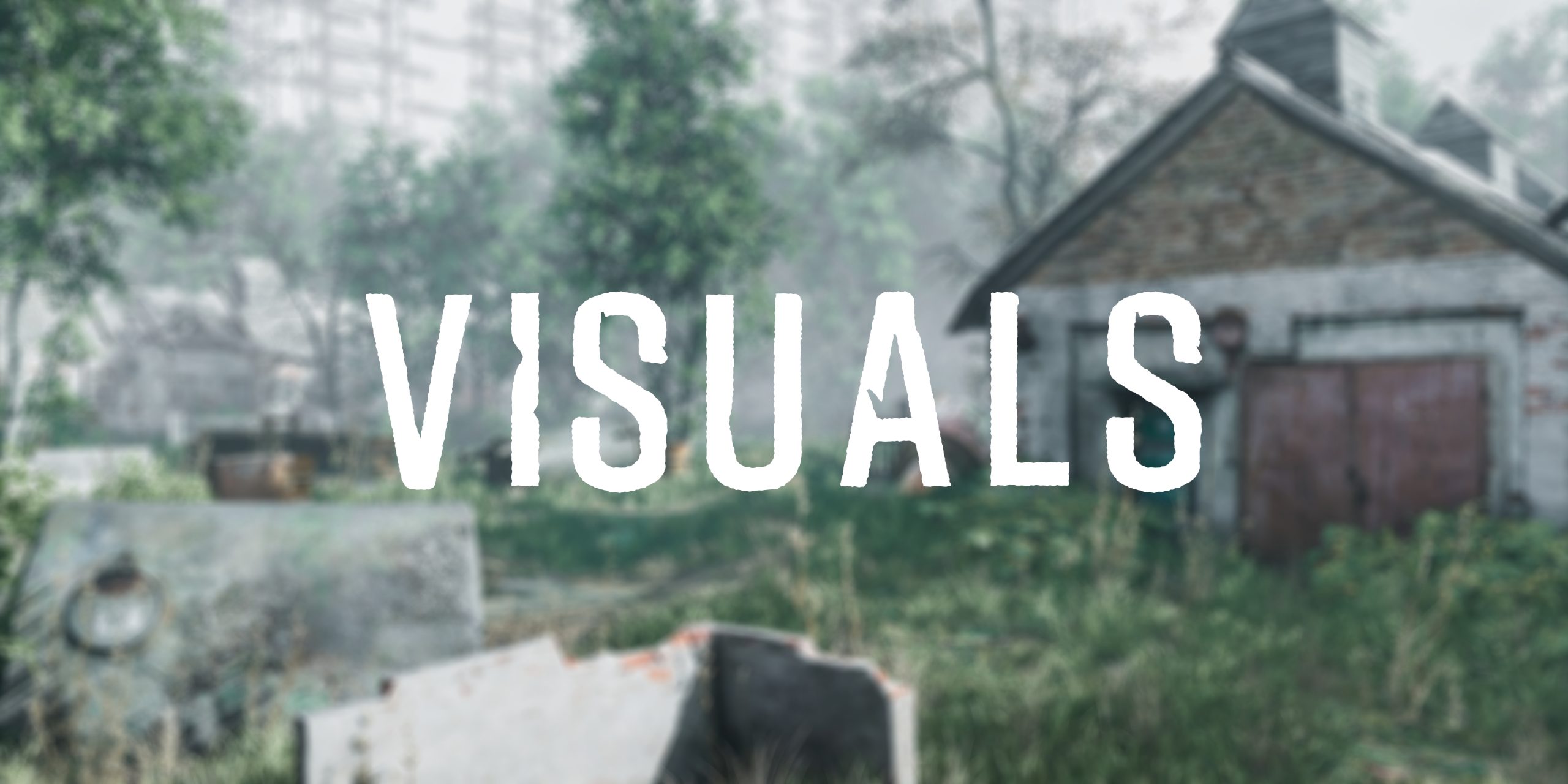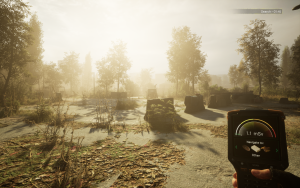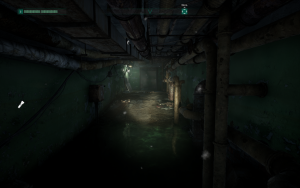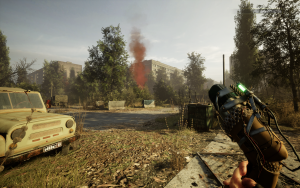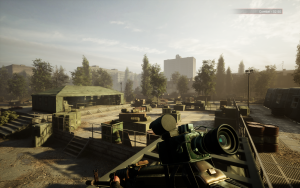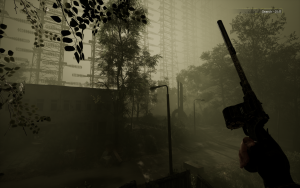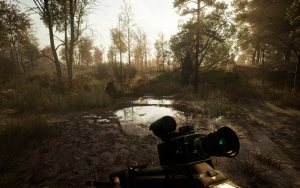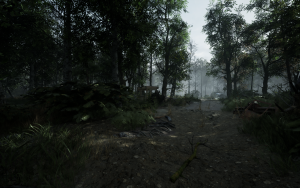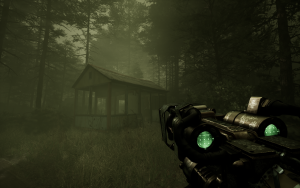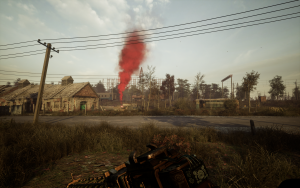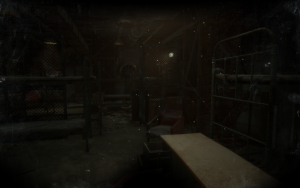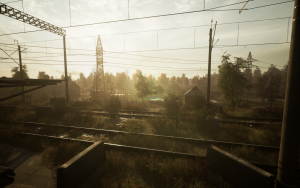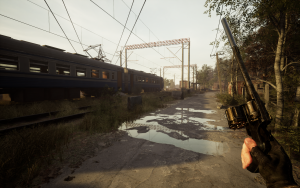While gameplay is king, a game’s visuals can do so much to immerse and envelop a player into the world of the video game that which they are playing. When visiting real-world locations, this is doubly important, as players have a reference with which they can compare, and so while nothing can be as horrifying as the real-world photos of Pripyat Ukraine in the wake of the nuclear disaster, the team at The Farm 51 did their best to recreate the sense of death, desolation and depression present when walking around.
Recreating these feelings was clearly important to the team, as the primary function of the game’s Kickstarter was in service of helping them to produce photoscans of the actual environment, allowing them to capture the rawness of the disaster and its aftermath. Did they succeed? For the most part, yes.
On an aesthetic visual level, Chernobylite manages to capture the eerie quiet that one would most likely experience when visiting the aftermath of the Chernobyl disaster. While I myself have not visited Chernobyl, and would never wish to belittle the experience of those who were there during and after the disaster, Chernobylite is likely to be one of the few pieces of media that can help to capture the essence of the exclusion zone.
In walking around the game’s different levels or zones, players can freely explore everything at their leisure (to an extent, though we will get to that later), allowing you to fully immerse yourself in its world. Be it the abundance of overgrown foliage, the fact that not a single building was left untouched or the messy nature of everything, capturing the hurriedness that the people must have felt as they tried to flee Pripyat – all of this is conducive to creating an environment which really does show and not tell. There aren’t any notes available to pick up, where characters would unrealistically write about their experience as it was happening. There is an absence of life, and very intentionally so.
One of the most effective pieces of imagery I witnessed was subtle, and yet one of the game’s biggest scares. Upon entering one building, I saw what looked like shadows, expecting it to be an enemy, or a set up for a jump scare. I was on edge, expecting…something. As I got closer and shone my torch, I discovered that what I was looking at was not the shadow of a monster, but in fact nuclear bleaching, entombing the final moments of some of the victims of the Chernobyl disaster, immortalising their fear and desperation as they realised they were about to die.
This effect was not over used either, and of all the supernatural scares seen throughout the game, this real-world effect was perhaps the scariest. In this way, Chernobylite succeeds, showing some of the most iconic set pieces – such as the Pripyat amusement park – but also the lesser known sides to the Chernobyl disaster. The visual makeup of Chernobylite is subtle, which is what makes it so effective.
Unfortunately, these visuals are sometimes let down by technical limitations. While many of the game’s scenes and textures are very well modelled, including the weaponry and most of the buildings, rocks, metal and wood (no doubt aided by the Kickstarter-backed photo scans of the real-world locations), some of the game’s dingier corners are plagued with lower resolution textures, even at the highest PC settings. While it somewhat takes away from the immersion when noticed, the overall grittiness of the game and its world helps to mask this somewhat, and can generally fade into the background over time.
Seeing as how the game relies heavily on natural lighting, some of the game’s indoor locations can be rather dark and hard to see, even with the in-game gamma properly calibrated. In order to help with this, players are provided with a torch, though it does little to help light up the room, and can in some ways even work counter to its intentions, making the area outside its small cone of light appear even darker.
Even with these slight issues, the game’s visuals are one of its strongest points. The developers seem to know this too, as a free-roam mode is offered, allowing players to walk around these crafted open levels, simply absorbing the game’s atmosphere. Though the presence of Chernobylite crystals do add an element of fantasy to this otherwise realistic and accurate game, it does not distract from the atmosphere of the game, and so even if the rest of the game was subpar, its levels are certainly worth exploring.
 KitGuru KitGuru.net – Tech News | Hardware News | Hardware Reviews | IOS | Mobile | Gaming | Graphics Cards
KitGuru KitGuru.net – Tech News | Hardware News | Hardware Reviews | IOS | Mobile | Gaming | Graphics Cards


